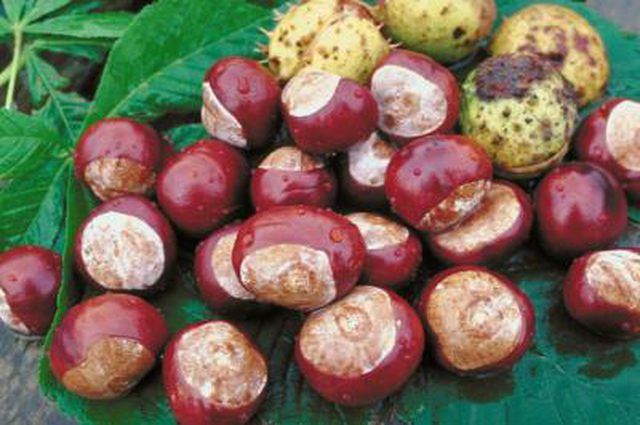Bulbs
Flower Basics
Flower Beds & Specialty Gardens
Flower Garden
Garden Furniture
Garden Gnomes
Garden Seeds
Garden Sheds
Garden Statues
Garden Tools & Supplies
Gardening Basics
Green & Organic
Groundcovers & Vines
Growing Annuals
Growing Basil
Growing Beans
Growing Berries
Growing Blueberries
Growing Cactus
Growing Corn
Growing Cotton
Growing Edibles
Growing Flowers
Growing Garlic
Growing Grapes
Growing Grass
Growing Herbs
Growing Jasmine
Growing Mint
Growing Mushrooms
Orchids
Growing Peanuts
Growing Perennials
Growing Plants
Growing Rosemary
Growing Roses
Growing Strawberries
Growing Sunflowers
Growing Thyme
Growing Tomatoes
Growing Tulips
Growing Vegetables
Herb Basics
Herb Garden
Indoor Growing
Landscaping Basics
Landscaping Patios
Landscaping Plants
Landscaping Shrubs
Landscaping Trees
Landscaping Walks & Pathways
Lawn Basics
Lawn Maintenance
Lawn Mowers
Lawn Ornaments
Lawn Planting
Lawn Tools
Outdoor Growing
Overall Landscape Planning
Pests, Weeds & Problems
Plant Basics
Rock Garden
Rose Garden
Shrubs
Soil
Specialty Gardens
Trees
Vegetable Garden
Yard Maintenance
How to Grow Chestnuts in Texas
How to Grow Chestnuts in Texas. Gone are the days that the eastern part of the country was covered with forests filled with the American chestnut. After a blight in the early part of the 20th century, nearly the whole population died off. Efforts to re-establish the American chestnut (Castanea dentata) by developing blight-resistant varieties and...

Gone are the days that the eastern part of the country was covered with forests filled with the American chestnut. After a blight in the early part of the 20th century, nearly the whole population died off. Efforts to re-establish the American chestnut (Castanea dentata) by developing blight-resistant varieties and encouraging their planting might succeed in bringing it back within decades. Even though Texas does not fall within the area that the American chestnut once thrived, this tree grows in U.S. Department of Agriculture plant hardiness zones 5 through 8, so great swaths of Texas can be home to successfully growing chestnuts. The tree grows to heights of 50 to 70 feet.
Things You'll Need
Tree shelter
Mulch
Compost
Miracid
Identify your USDA plant hardiness zone. The American chestnut grows best in zones 5 through 8; Texas includes USDA zones 6 through 9. Your best chances of successfully growing an American chestnut would be in the northern parts of the state. USDA zone 9 encompasses the southern parts of the state, south of San Antonio and Houston, and would likely not give the tree the cool periods it needs.
Install shelters around your chestnut tree for the first year if you are growing a young tree. The shelter protects the tree from lawnmowers and edgers, as well as rodents, such as chipmunks, squirrels and rats. The shelter should be 12 to 18 inches tall -- anything higher will crowd the growing tree.
Maintain a 3 to 4-inch layer of mulch around the tree, and extend the area out at least 2 feet from the tree's trunk. This maintains the soil temperature and moisture level, helping to protect the tree from Texas heat and from drought conditions. Make sure that you keep the mulch 2 inches from the trunk so rodents will not take up residence and damage the tree.
Fertilize your American chestnut after the last frost, which in Texas, will be sometime in February through March. Add 1 to 3 inches of compost to the soil around the tree to increase organic matter -- work it into the soil but not deeply enough to disturb the roots. Add Miracid in the early spring. Mix 1 ounce of Miracid concentrate to 2 gallons of water for a 20 square foot area around the tree, keeping to the drip line, the area underneath the outermost branches.
Irrigate your chestnut tree with 1 inch of water every week. Measure the amount of rain you get to help estimate this; if you live in a more arid part of Texas, be prepared to supplement irrigation for the entire growing season. American chestnuts need consistent irrigation for the entire time they have leaves.